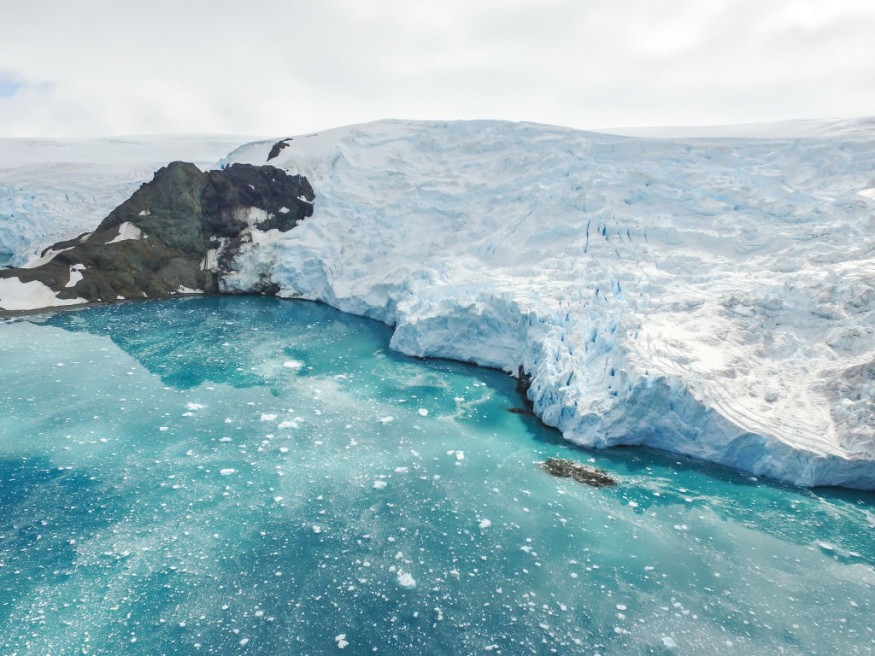The United Nations yesterday verified Antarctica's new heat record with a high-temperature reading of 64.9 degrees Fahrenheit made in 2020.
A ScienceAlert report said, according to the United Nation's World Meteorological Organization, the record heat was reached at the Esperanza research station of Argentina on the Antarctic Peninsula in February 2020.
According to Petteri Taalas, WMO secretary-general, confirmation of this maximum temperature record is essential as it is helping them build up an illustration of weather and climate in one of the final frontiers of Earth.
The Antarctic Peninsula is one of the fastest-warming zones of the Earth, nearly three degrees Celsius over the last 50 years.
Such a new temperature record, the secretary-general said, is consequently consistent with the climate change they are observing.

Previous Verified Heat Record
A Global Change Biology report said the WMO rejected an even higher reading for a temperature of 69.4 degrees Fahrenheit, reported in February 2020, at a Brazilian automated permafrost monitoring station on the Seymour Island nearby, just off the peninsula, stretching north towards South America.
The previous confirmed record for the Antarctic continent, the mainland, as well as its surrounding islands was 63.5 degrees Fahrenheit at Esperanza in March 2015.
The record for the wider Antarctic zone, everywhere south of 60-degree latitude, is 67.6 degrees Fahrenheit, taken in January 1982 on Signy Island.
The Antarctica new heat record at Esperanza, this report specified, will be added to the new archive of the weather of the WMO, as well as climate extremes.
The archive comprises the highest and lowest temperatures, heaviest hailstone, rainfall, a maximum gust of wind, longest dry period, longest lighting flash, and weather-associated mortalities of the world.
The lowest temperature recorded on this planet was minus 128.6 degrees Fahrenheit, recorded in 1983 in Vostok station in Antarctica.
Apprehensions About Global Warming
The average annual temperature of Antarctica ranges from minus 14 degrees Fahrenheit on the coast to minus 76 degrees Fahrenheit at the interior's highest parts.
Taalas explained, even more so than the Arctic, the Antarctic is poorly covered when it comes to continuous and continuous weather and climate observations and predictions, although both are playing a vital role in driving climate and ocean patterns and rise in sea level.
Essentially, the average surface temperature of Earth has increased by one degrees Celsius since the 19th century, enough to increase the strength of droughts, that heatwaves, and tropical cyclones. However, the air over Antarctica has warmed more than double that much.
Recent research, according to the World Meteorological Organization, has shown that warming of two degrees Celsius could push the ice sheets' melting on top of Greenland and West Antarctic, with sufficient frozen water to lift oceans 43 feet "past a point of no return."
Furthermore, the said new record shows that there is a need for climate change for urgent measures, said Celeste Saulo, WMO first vice president, also the head of the national weather service of Argentina.
Commenting further on the new heat record, Saulo said it is important to continue reinforcing the observation, prediction, and advanced warning systems to react to the adverse events that occur more and more frequently because of global warming.
Related report about Antarctica's new heat record is shown on Newsy's YouTube video below:
Check out more news and information on the Arctic in Science Times.
© 2026 ScienceTimes.com All rights reserved. Do not reproduce without permission. The window to the world of Science Times.












